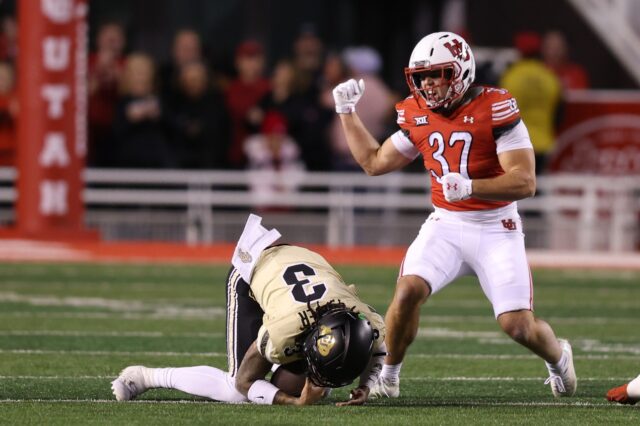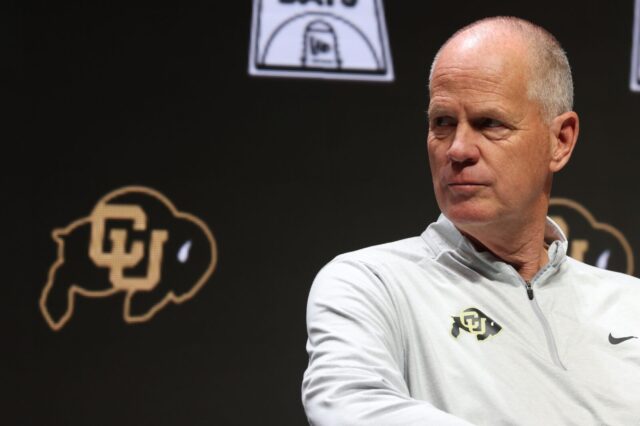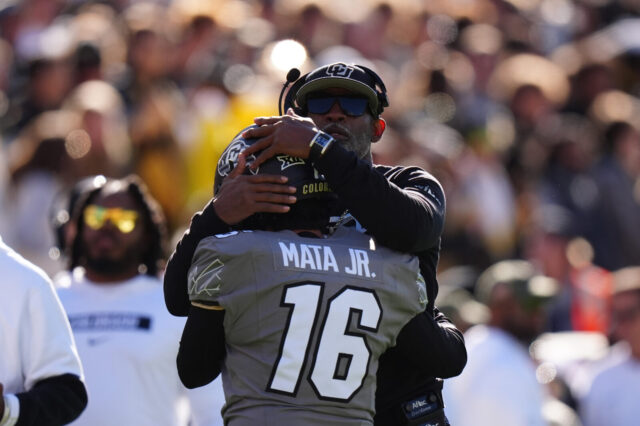Even when you know change is coming, when it actually arrives, it takes some getting used to. So start getting used to big changes, and the new era of collegiate athletics right… about… now.
Yes, we already had the excitement of the brand new college football playoff, but there are more changes going on than just a couple additional football games. While we were all caught up in coaching changes and deflated footballs, the annual NCAA convention was producing historical changes.
For starters, the anointed “Power Five” conferences (Atlantic Coast, Big 10, Big 12, Southeastern and Pac-12, plus Notre Dame) – granted a bigger voice in all matters last spring – finally got to use their hammer. “Autonomy” it’s been dubbed, was put into practice, as the Power Five collectively reached decisions that impact the entire 330-school membership, large and small. So far, so good. We’ll have to wait and see what happens in the long run.
All this was spurred on of course by the recent legal cases – the Ed O’Bannon anti-trust lawsuit against the NCAA and the attempt to unionize student-athletes at Northwestern University. The court and the National Labor Relations Board each ruled against the NCAA in those cases – deciding that student-athletes should be paid for the use of their likeness and that they do have the right to unionize if desired.
Both matters are still being appealed. Nonetheless, the NCAA was forced to move. So consider the moves made at the convention to better compensate student-athletes – within the structure of an athletic scholarship – a preemptive strike by the NCAA. Had they refused to modify their decades-old model of amateurism, the NCAA would have been crushed in court and who knows what intercollegiate athletics would have looked like in the not-too-distant future. The whole thing could have been blown to bits.
As it now stands, student-athletes will begin to receive a “cost of attendance” stipend in their athletic scholarships, designed to allow them the ability to live like normal young adults; this start in the fall. Kids should no longer have to decide between doing their laundry or ordering a pizza. They can now to do both without breaking any rules.
Not all schools are on board with the idea of better compensating athletes. Virginia Tech athletic director Whit Babcock stated this week that the cost of attendance stipend – even though Va. Tech voted in favor of the measure – will cost each school roughly $1 million per year. It’s estimated that each student-athlete – not just football and basketball players, mind you, but all students on full athletic scholarship at Virginia Tech – will receive $2,500 per year in addition to what’s already paid for via their grant and aid. That adds up to big money, and while it’s probably not a game changer for schools with big money programs, in other places, it will take some budget crunching.
Boston College for example, while a member of the Power Five, voted against the COA measure, due mainly to the higher cost of living in metropolitan Boston. The COA increase could go as high as $4,000 per student in places like Beantown. Federally created guidelines will determine what the amount will be for each school, and the “cost of living” in the region will be a key factor. Under these circumstances, how does a middling program like BC stay competitive?
It’s widely anticipated that all 65 Power Five schools – that would of course include the University of Colorado – will quickly adopt the same type of plan as Virginia Tech has offered up publicly. CU is already on record as saying they will do so. CU athletes on scholarships will see a nice increase in the value of their yearly grants starting in August.
But what about the rest of the NCAA membership? While the Power Five reaps the financial windfalls of bigger, fatter TV deals and the new College Football Playoff revenue, the non-power five (while getting a nice increase themselves from better TV deals and a larger piece of the postseason pie) will not see anywhere near the same kind of revenue growth. Their new expenses, however, will be pretty much on par (depending on the cost of living in their region of the country) with their wealthier counterparts.
For instance, it’s fair to guess that the cost of attendance calculations will be pretty much identical for athletes at Colorado and Colorado State. While CU is not swimming in money (they’re still catching up from years of being in the red), at least they can look at long-term increases in revenue from the Pac-12 TV Network and the College Football Playoff to offset the COA increase. Officials in Boulder don’t seem fazed by the new expense.
On the other hand, officials in Fort Collins are still in the process of formulating their plan to adapt to the altered landscape. Some smaller conferences that don’t play football – like the Atlantic 10, for instance – have already jumped on board with the changes because the impact on them will be minimal. However, schools with football programs that are not in the Power Five – that would include Colorado State and the entire Mountain West– have some serious adjustments to make. If they agree to COA stipend, it will hit their budgets hard. If they don’t, they’ve placed themselves at a huge competitive disadvantage from a recruiting standpoint.
The COA was not the only substantial change in scholarship rules. The 80 delegates at the convention (65 schools, plus 15 student-athletes) voted to make athletic scholarships a four-year guarantee, rather than a year-to-year proposition. (You can just hear Steve Spurrier, famously quoted as saying athletes “should have to earn their scholarships year to year” squirming when he got the news.) Three of the five conferences – the Big 10, Pac-12 and Big 12 – had already committed to making athletic scholarships a four-year guarantee, rather than year-to-year. The new legislation makes scholarships a four-year deal for all 65, with stipulations built in regarding academic performance and proper “social” behavior. In other words, if a student-athlete stays on course academically and stays out of trouble, he or she cannot have their scholarship taken away because a coach was not satisfied with their on-field/court performance. (Sorry, Steve.)
The four-year scholarship rule should actually benefit the non-power five schools. For years, “over-signing” – signing more players to letters of intent than you have actual scholarships currently available – has been a rampant practice at numerous schools, most famously in the SEC, where the rules were more umm, “bendable” in regards to year ‘round scholarship limits. Without the ability to randomly revoke an underachieving player’s scholarship at the end of the school year to open up additional roster spots for those extra signees, all coaches will now have to live with their recruiting mistakes, making it much more difficult to over-sign. That will leave more players available to sign with other schools, inside and outside the Power Five. It will be a spreading of the wealth, so to speak.
What does all this mean for the long haul? We don’t exactly know yet. Things are far from settled. The appeals on the O’Bannon court case and the NLRB ruling may take awhile. Then again, maybe the preemptive moves by the NCAA will satisfy everyone (for now.) Best guess? These sizable changes are only the beginning.



